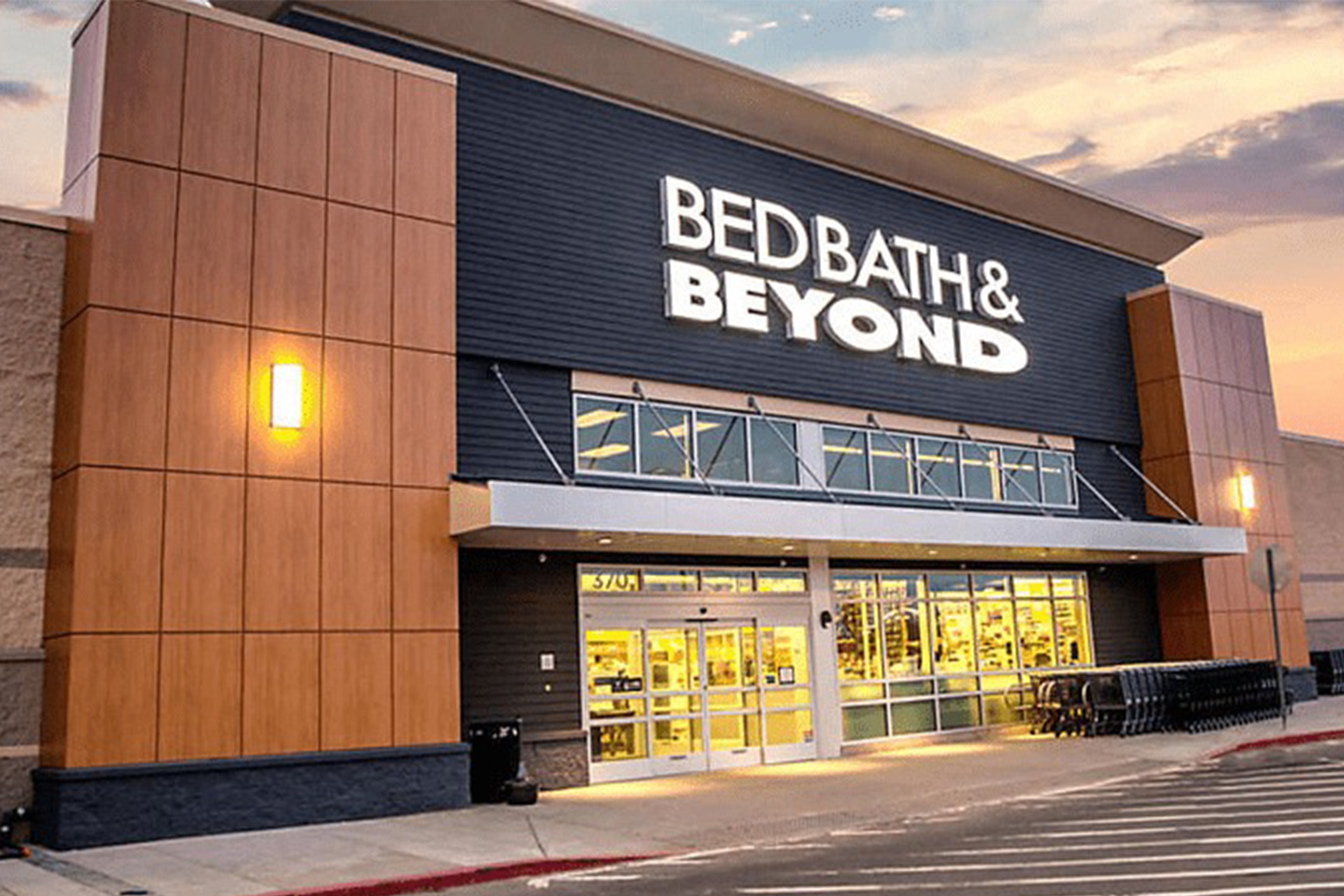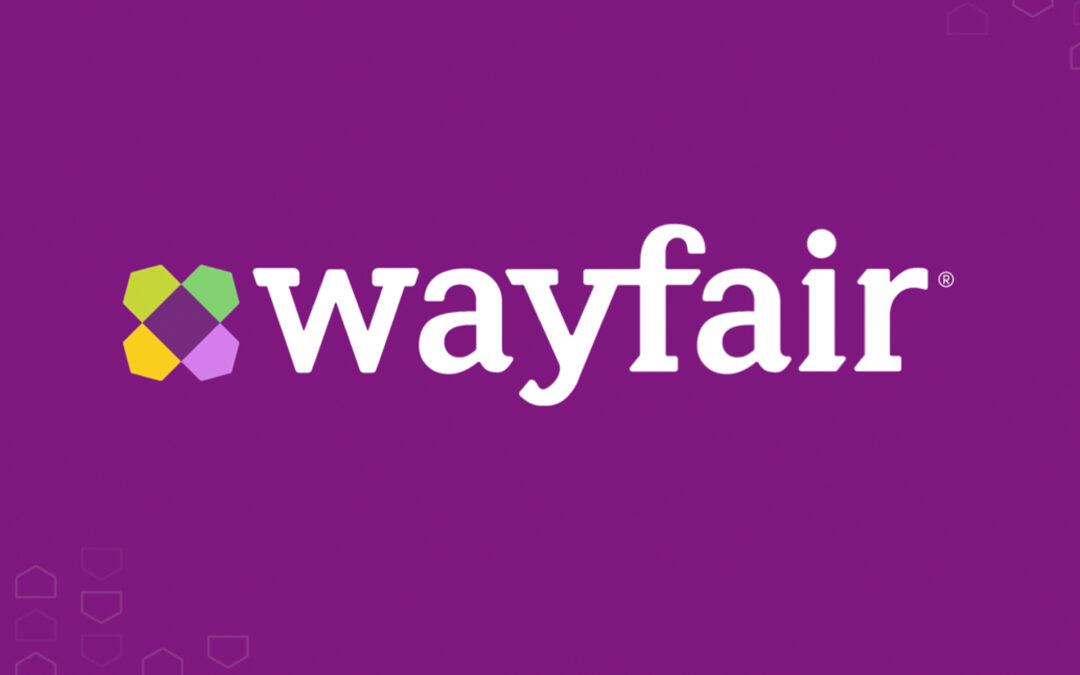In a new attempt to revive its financial prospects, Bed Bath & Beyond has announced the pricing of an underwritten public offering that includes shares of the company’s Series A convertible preferred stock, warrants to purchase shares of Series A Convertible Preferred Stock and warrants to purchase the company’s common stock even as the prospectus involved raises the prospect of bankruptcy.
Given the challenges it faces and declining results, the public offering isn’t necessarily causing observers to change their minds about the strong prospect of a Bed Bath & Beyond bankruptcy.
If investors cooperate, the company expects to garner gross proceeds of $225 million with an additional approximately $800 million of gross proceeds through the issuance of securities requiring the holder to exercise warrants to purchase shares of Series A Preferred Stock in future installments. At the initial closing, Bed Bath & Beyond will issue about 24,000 shares of Series A Convertible Preferred Stock, warrants to purchase some 84,000 shares of Series A Convertible Preferred Stock and warrants to purchase 95.4 million shares of the company’s common stock.
Bed Bath & Beyond maintains that it intends to use the net proceeds from the initial closing of the offering, along with $100 million to be drawn under its amended and upsized FILO Facility, to repay outstanding revolving loans under its ABL Facility in accordance with the terms of an amendment to the company’s credit agreement waiving existing defaults. The amendment will require Bed Bath & Beyond to use availability under its credit facilities to make the missed interest payment on its senior notes by March 3. Outstanding revolving loans repaid using net proceeds of the offering may be reborrowed for general corporate purposes, including, rebalancing the company’s assortment and building back its inventory, the company indicated. Also, Bed Bath & Beyond will use proceeds from the conversion of warrants to purchase shares of Series A Convertible Preferred Stock to further repay outstanding amounts under the ABL Facility with half of the conversion applied against the borrowing base of the ABL Facility.
In the prospectus, Bed Bath & Beyond cautions that its future may include obtaining relief under the United States Bankruptcy Code if it can’t mitigate doubt about its ability to continue as an ongoing concern and to increase cash flow to support operating activities and fund obligations and working capital needs.
Bed Bath & Beyond tried to raise capital recently in a failed debt swap.
Despite the moves Bed Bath & Beyond has taken, including store closings and other rationalization moves, Jaime Katz, senior equity analyst at Morningstar Equity, didn’t hold out a lot of hope for the latest financial initiative in a January 6 research note. He pointed out that, because capital acquired would go to repay the asset-based facility on which it had defaulted, little cash would be left to fund a turnaround.
Katz noted that he remains “steadfast” in his “belief that Bed Bath will ultimately file for bankruptcy protection.”
That being said, the outside chance that the latest financial move would succeed would be predicated on three conditions:
First, creditors would have to be willing to work with the retailer to keep it afloat: unlikely, given the failed debt exchange. Next, gross margin would have to stabilize through better inventory management processes, also unlikely, in our opinion. Last, housing demand would have to stabilize to support sales. Even if all these factors cooperated, any gains would likely be offset by continued investments, as the home furnishing landscape remains fragmented and competitive, limiting profitability.





